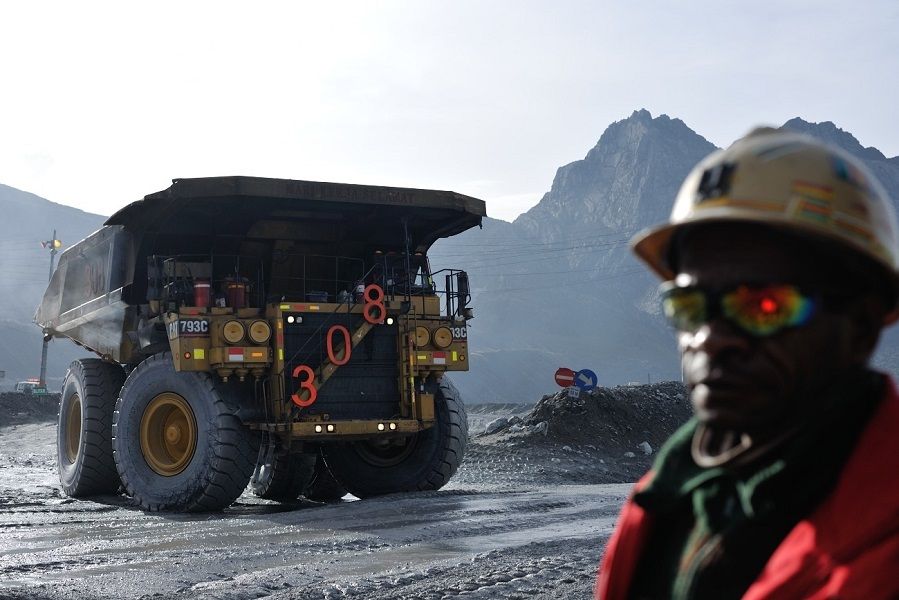
6 Giant Foreign Mines Now Returning to Indonesia
- JAKARTA – After 80 years since it was first discovered in 1941, the Rokan Block is now fully owned by Indonesia. The energy company from the United States
Insight Langit Biru
JAKARTA – After 80 years since it was first discovered in 1941, the Rokan Block is now fully owned by Indonesia. The energy company from the United States (US), PT Chevron Pacific Indonesia, also handed over the working area (WK) to the holding of the State-Owned Enterprise (BUMN) PT Pertamina (Persero).
The transfer of management of the Rokan WK will be carried out starting August 9, 2021 at 01.00 WIB. At that time, the Minister of Energy and Mineral Resources (ESDM), Arifin Tasrif, said that this process was history for the upstream oil and gas industry in Indonesia.
"After Caltex and then PT Chevron Pacific Indonesia managed the Rokan WK for 80 years, the management of one of the largest WKs in Indonesia was then handed over to SOE, PT Pertamina (Persero) through PT Pertamina Hulu Rokan," he said at the Rokan WK management transfer event, August 9, 2021.
- IHSG Berpotensi Menguat pada Rentang Konsolidasi Selama Sepekan, Rekomendasi Saham OMFin: BBNI, BABP, dan IMAS
- Banyak Varian, Bagaimana Efektifitas Vaksin Melawan COVID-19? Ini Kata Data PBB
- Jakarta Zona Hijau, Wagub Riza Patria Keluhkan Kurangnya Plasma Konvalesen
The Rokan Block is not the only ESDM asset such as refineries or mines returning to Indonesia. Previously, there was also the Mahakam Block which was previously controlled by a French company, PT Total E&P Indonesia.
Then, of course, there is the Freeport gold mine, which is now majority controlled by the mining BUMN holding PT Indonesia Asahan Aluminum (Persero) or Inalum with 51.2%. Inalum is also the leader of an Indonesian mining holding consisting of PT Aneka Tambang Tbk (ANTM), PT Bukit Asam Tbk (PTBA), PT Freeport Indonesia, and PT Timah Tbk (TINS).
In spirit of the Independence month, TrenAsia.com also summarizes the ESDM assets that have been re-controlled by Indonesia. From Inalum to Rokan, here is a list of these assets:
1. PT Indonesia Asahan Aluminum (Persero) or Inalum

Inalum was first established to work on a hydroelectric project (PLTA) on the Asahan River flowing from Lake Toba in North Sumatra. In 1972, a Japanese consultant, Nippon Koei, also conducted a feasibility study for the Asahan hydropower and aluminum project.
The report says the hydropower is feasible to build with an aluminum smelter as the main user of the electricity it generates. In 1975, the Japanese government with 12 Japanese investment companies formed a consortium of Nippon Asahan Aluminum Co., Ltd (NAA) to carry out this project.
Inalum was officially established in 1976 with the full name PT Indonesia Asahan Aluminum as a joint venture between the Indonesian government and NAA. At that time, NAA owned 90% of the shares while the government only had 10%.
This share ownership changed in 1978 to NAA with 75% and the Indonesian government 25%. In 1987, the share ownership of the Indonesian government grew to 41.13% while NAA decreased to 58.87%.
On December 9, 2013, the Indonesian Government officially took over the shares owned by the consortium in accordance with the agreement in the master agreement. Inalum then officially became the 141st BUMN on April 21, 2014, the name then changed to PT Indonesia Asahan Aluminum (Persero).
In 2017, the Indonesian government formed the Mining Industry Indonesia Holding (MIND ID). Inalum also became the leader of the holding consisting of PT Aneka Tambang Tbk (ANTM), PT Bukit Asam Tbk (PTBA), PT Freeport Indonesia, and PT Timah Tbk (TINS).
2. Newmont
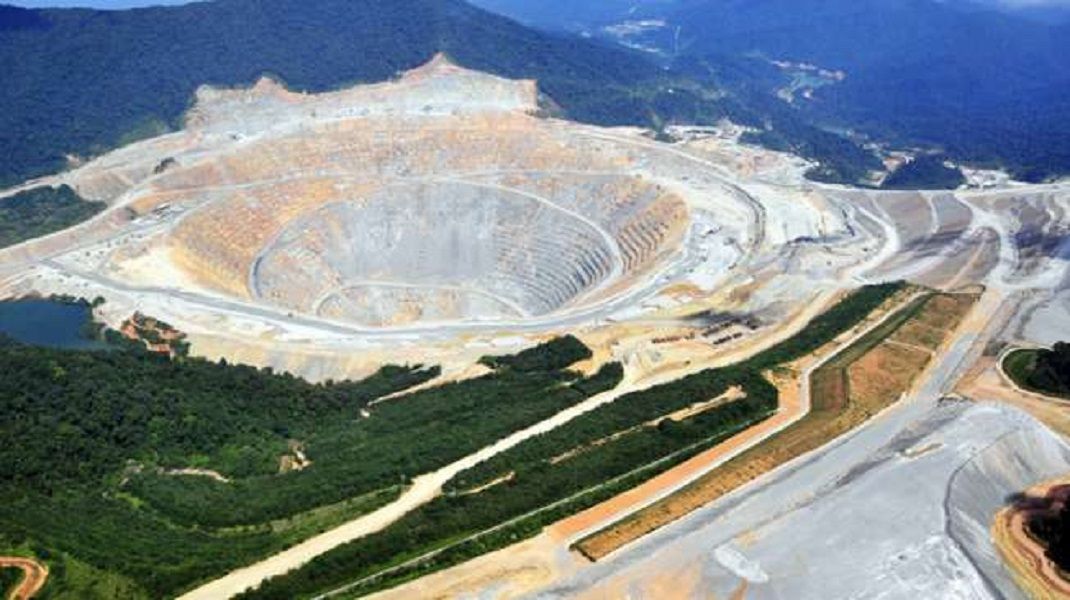
In 1986, the US-based gold mining company, Newmont, received a work contract (KK) to work on Sumbawa Island, West Nusa Tenggara. Therefore, Newmont operates under the name PT Newmont Nusa Tenggara (NNT).
Newmont then discovered a porphyry copper mine which was later renamed Batu Hijau in 1990. The Batu Hijau project began with a total investment of US$1.8 billion in 1997 and was fully operational in 2000.
In 2016, PT Medco Energi Internasional Tbk (MEDC) owned by conglomerate Arifin Panigoro made a transaction to acquire a 50% stake in PT Amman Mineral Investama which owns an 82.2% stake in NNT. The acquisition also made NNT change its name to PT Amman Mineral Nusa Tenggara (AMNT).
Based on the official website, the age of the Batu Hijau mine is estimated to only continue until 2023 with current production levels. Even so, AMNT is exploring other parts of the special mining business permit (IUPK) area, such as the Elang exploration prospect.
Elang has resources of 12.95 million pounds of copper, 19.7 million ounces of gold with the potential to produce 300-430 million pounds of copper and 0.35-0.60 million ounces of gold per year.
3. Freeport
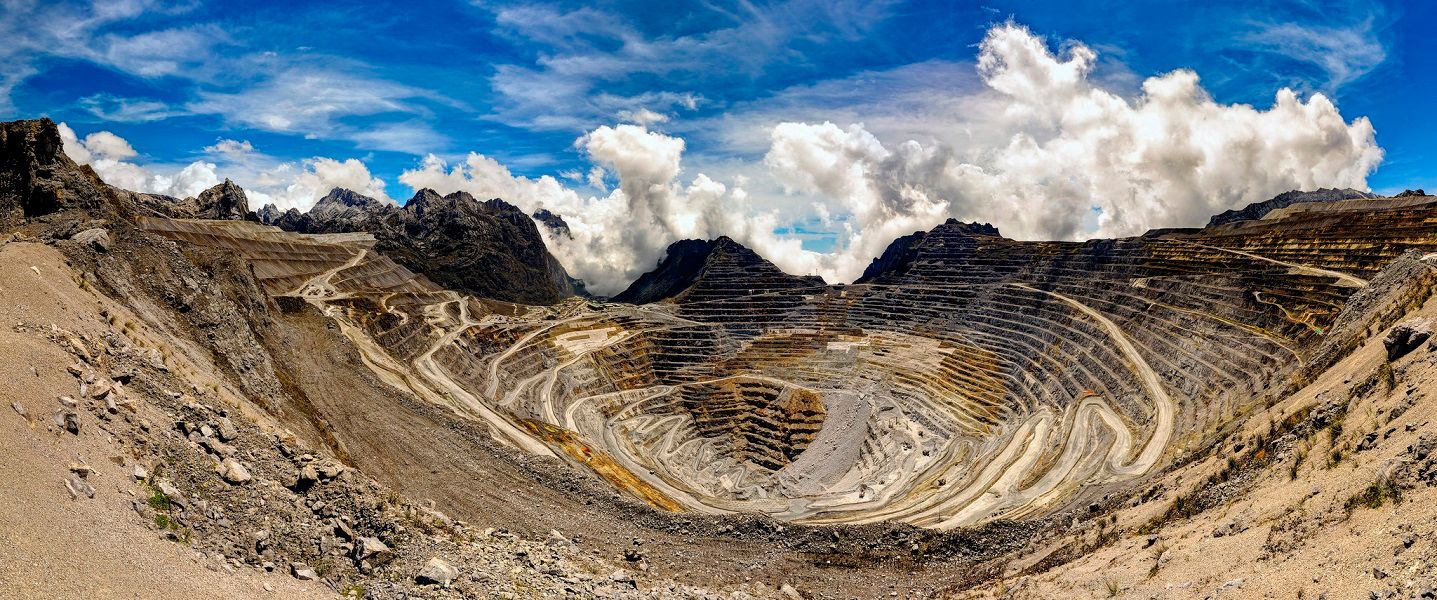
The mining company from the United States, Freeport McMoran, first entered Indonesia in 1967 through Law (UU) 1/1967 issued by the then President, Soeharto, concerning investment. With the law, Freeport also received a 30-year contract to work on a gold mine in Papua.
In 1991, Freeport and the Indonesian government signed a Contract of Work II after discovering a new reserve in the Grasberg Mountains. This new contract also allows Freeport to mine in an area of 2.6 million hectares, where previously it was only 10,908 hectares (ha).
The second work contract also stated an important matter, namely the divestment of shares from Freeport to Indonesia. In the first 10 years or 2001, Freeport was required to divest 10% of its shares. Then, Freeport was obliged to divest 51% of its shares in 2011. However, this only happened in 2018.
SOE Inalum became an important actor in the acquisition of PT Freeport Indonesia (PTFI) after 51 years of foreign control. Inalum's share ownership in Freeport also increased from 9.36% to 51.2%.
Freeport's gold mine is claimed to be the mine with the largest gold deposit in Indonesia. Based on documents from Inalum, the Grasberg Mine, which has been managed so far, has a wealth consisting of gold, copper and silver of more than Rp2,400 trillion until 2021.
4. Mahakam Block

On January 1, 2018, PT Pertamina (Persero) officially took over the management of oil and gas in the Mahakam Block, South Kalimantan. Previously, the Mahakam Block was owned by a French oil and gas company, PT Total E&P Indonesia, whose contract expired on December 31, 2017.
Before the contract was terminated, Total had controlled the Mahakam Block since 1966 after signing a cooperation contract with Inpex Corporation with the Indonesian government.
After running for 30 years, the Mahakam Block work contract was extended for another 20 years until December 31, 2017. Due to this, Total has managed the Mahakam Block for a total of 50 years before being taken over by Pertamina.
Pertamina gave the rights to manage the Mahakam Block to its subsidiary PT Pertamina Hulu Mahakam (PHM). In 2021, PHM projects that the Mahakam Block can produce 22,000 barrels of oil per day (BOPD) and 485 million cubic meters of gas (MMSFCD).
5. PT Vale Indonesia Tbk (INCO)
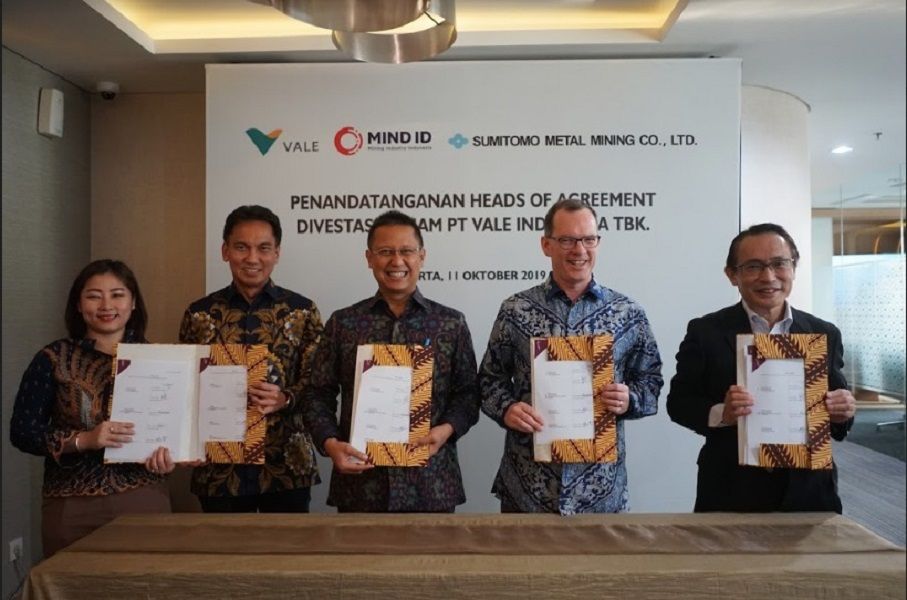
After Freeport, Inalum maneuvered again at PT Vale Indonesia Tbk (INCO) by buying a 20% stake in the Canadian mining company. This share purchase was made possible thanks to Government Regulation (PP) number 77 of 2014 concerning the implementation of mineral and coal mining business activities.
With the divestment to Inalum, the share ownership of the parent company Vale Canada Limited was diluted to 44.3% from the previous 58.73%, Sumitomo Metal Mining Co., Ltd. to 15% from the previous 20.09%, and the public was recorded at 20.7%.
Prior to the divestment to Inalum, INCO had also divested 20% of its shares to the public through the Indonesia Stock Exchange. This also makes INCO's share divestment to Indonesia already 40%, in accordance with the contract of work (COW) which was signed in 2014 and will expire on December 28, 2025.
In the same contract of work, INCO also released the working area to an area of almost 118,435 hectares (ha). This reduced the area to only 1.8% of the initial area granted by the Indonesian government.
When it was first established in 1968, Vale Indonesia had a different name, namely PT International Nickel Indonesia. In the same year Vale and the government signed a contract of work to explore, mine and process nickel ore.
INCO also started the construction of the Sorowako smelter, East Luwu Regency, South Sulawesi. In 1977, President Soeharto inaugurated the mining facility and the nickel processing plant.
6. Rokan Block
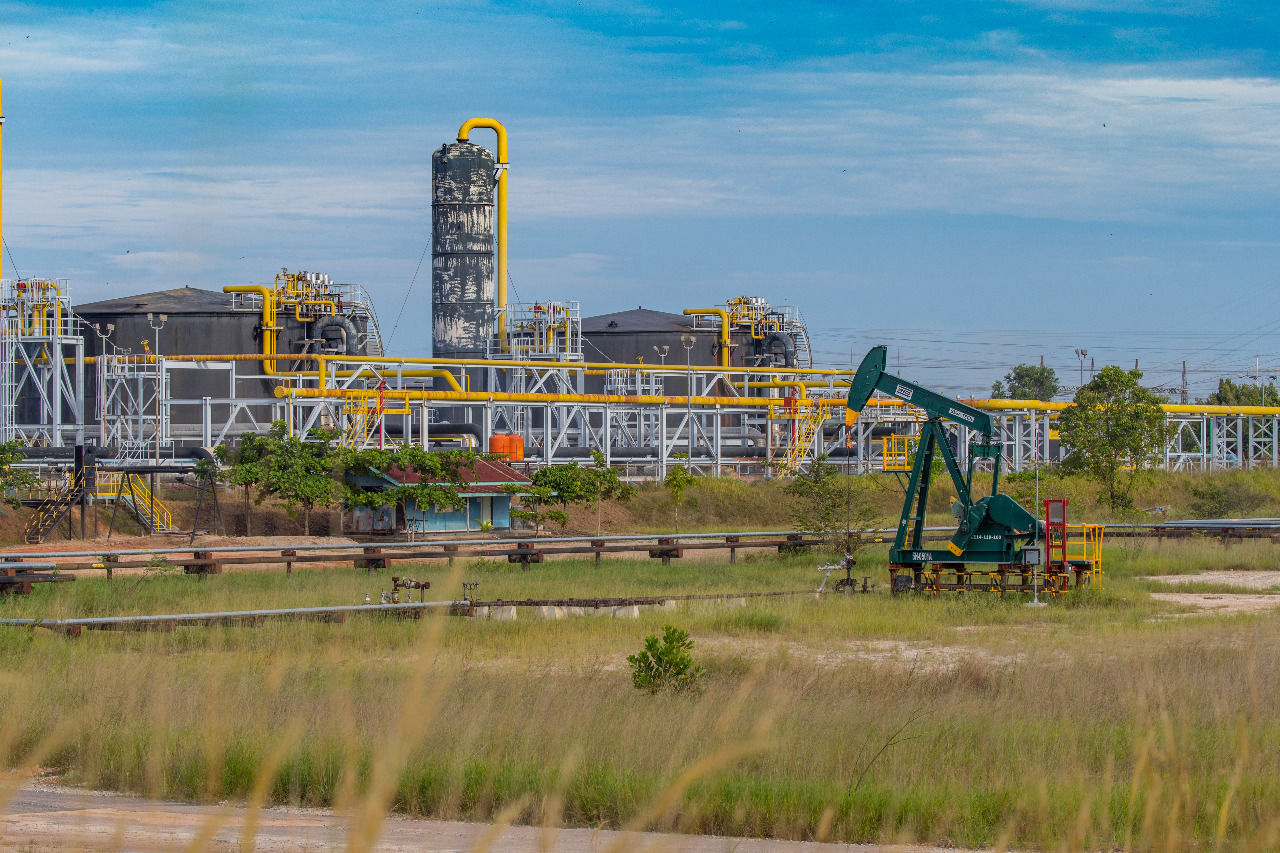
PT Pertamina (Persero) has finally officially taken over the management of the Rokan Block working area (WK) from PT Chevron Pacific Indonesia. The management of the Rokan Block will be carried out by Pertamina's subsidiary, PT Pertamina Hulu Rokan (PHR), starting Monday, August 9, 2021.
The long journey of the Rokan Block back to Indonesia began when Caltex began searching for oil in Indonesia in 1924. 20 years later, Caltex through Caltex Pacific Indonesia began to manage the Rokan block with a contract until 1971.
In 1971, the Rokan Block management contract was transferred to Chevron through PT Chevron Pacific Indonesia. Since managing Rokan, Chevron has entered into two contracts, bringing its management to a total of 30 years until 2021.
Minister of Energy and Mineral Resources, Arifin Tasrif, said WK Rokan has strategic value in meeting the production target of 1 million barrels of oil per day (BOPD) and 12 billion standard cubic feet per day of natural gas in 2030.
Since it was first started in 1951 until 2021, WK Rokan has produced 11.69 billion barrels of oil. The average production this year until July 2021 was recorded at 160.5 thousand BOPD of oil or around 24% of national production and 41 MMSCFD of natural gas.
By the end of 2021, PHR plans to drill 161 new wells, including the remaining wells from the previous operator commitments. In 2022, PHR will add approximately 500 new wells. This will be the investment commitment and the largest number of wells among other oil and gas coverage areas in Indonesia.
Writer: Reza Pahlevi
Editor: Sukirno

